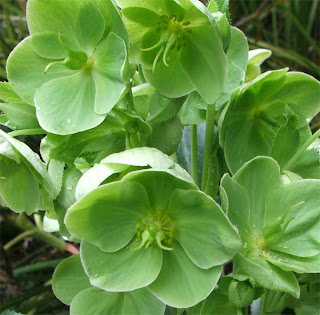What Plants Are Known To Bloom Early

Star Magnolia
Star Magnolia is the early est blooming magnolia in southeast Pennsylvania. This slow growing deciduous shrub to small tree produces a very showy white flower l ate March to early April. The fuzzy bids open before the foliage appears producing a 3-4 inch white fragrant flower. Because it does bloom so early frost and cold winds tend to blacken blooms and fall off sooner. This plants slow dense growth habit makes it excellent for a small garden. This Multi stemmed tree has a light gray color on main trunks, the younger twigs have a dark brown color. Star Magnolia need very little pruning unless you are looking for a tree form, that only involves lifting the lower branches to expose the multi able trunk. All pruning should be done after plant has bloomed in spring to not inter fear with next years bud Set.
ate March to early April. The fuzzy bids open before the foliage appears producing a 3-4 inch white fragrant flower. Because it does bloom so early frost and cold winds tend to blacken blooms and fall off sooner. This plants slow dense growth habit makes it excellent for a small garden. This Multi stemmed tree has a light gray color on main trunks, the younger twigs have a dark brown color. Star Magnolia need very little pruning unless you are looking for a tree form, that only involves lifting the lower branches to expose the multi able trunk. All pruning should be done after plant has bloomed in spring to not inter fear with next years bud Set.
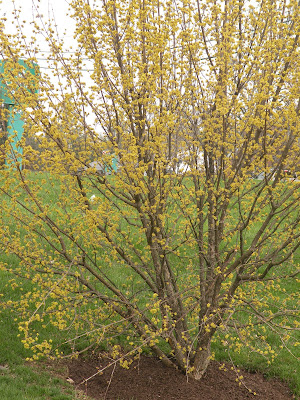 Cornus mas
Cornus mas
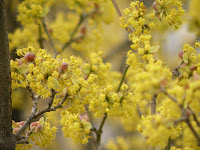
Another excellent early blooming tree is cornus mas, The common name is Cornelian cherry dogwood. This is also a large deciduous shrub to small ornamental tree. The small clumps of yellow flowers appear late winter early spring before the foliage emerges. Can be trained to become a small ornamental tree by lifting lower branches to expose multi stem grayish brown mature trunks. The deep green almost oval shaped leaves turn slightly purple color in fall. Very clean tree, no real insects or disease problems.
 Prunis Okame
Prunis Okame
This one of the ear lest blooming Cherry’s in our area. It has a tight upright growth habit that rounds off as it matures. Has very showy reddish-bronze bark that stands out in a ny landscape. The small pink flowers emerge before the foliage but do not tend to last real long because of rain and cold weather this time of the year.This plant is sometimes used as a street tree or in parking areas because of its tight upright growth habit, its also good for small gardens and hedge row plantings. It has oval shaped leaves that are dark green in color during the summer and develops a rather good fall color of orange and copper. This is three good choices for small early blooming ornamental trees that would look good in any ones garden.
ny landscape. The small pink flowers emerge before the foliage but do not tend to last real long because of rain and cold weather this time of the year.This plant is sometimes used as a street tree or in parking areas because of its tight upright growth habit, its also good for small gardens and hedge row plantings. It has oval shaped leaves that are dark green in color during the summer and develops a rather good fall color of orange and copper. This is three good choices for small early blooming ornamental trees that would look good in any ones garden.






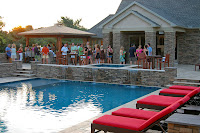


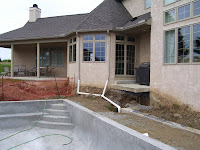
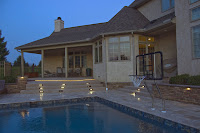
.jpg)
